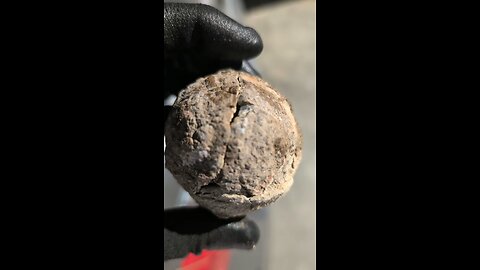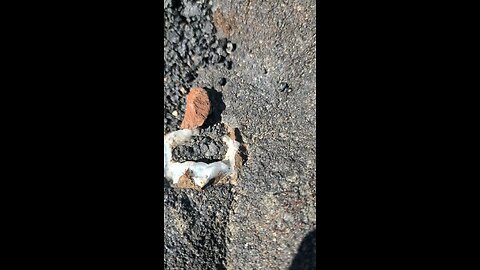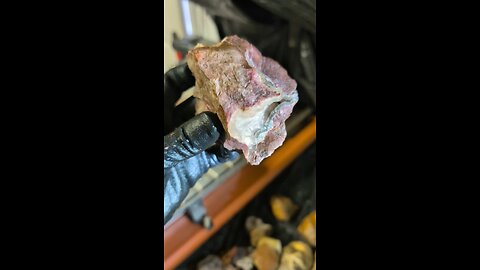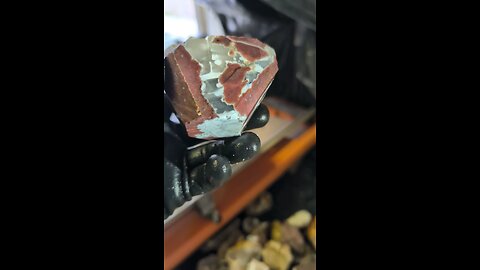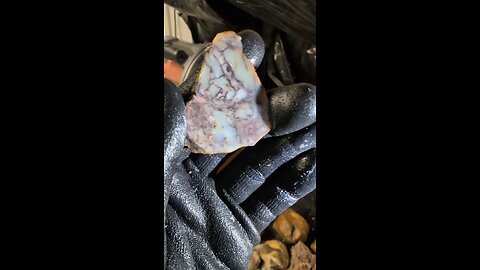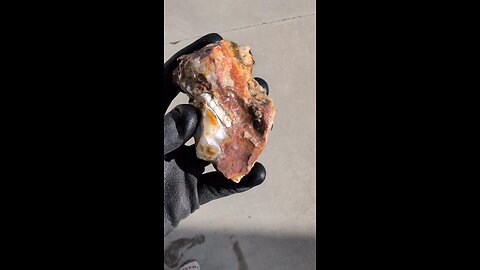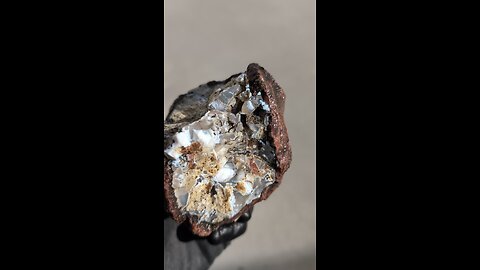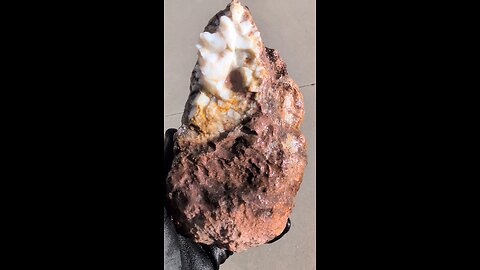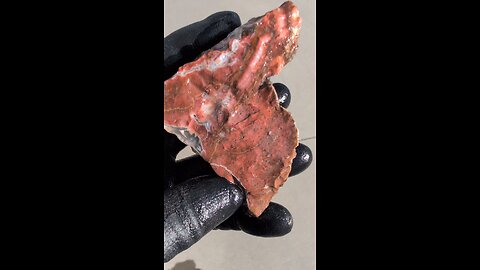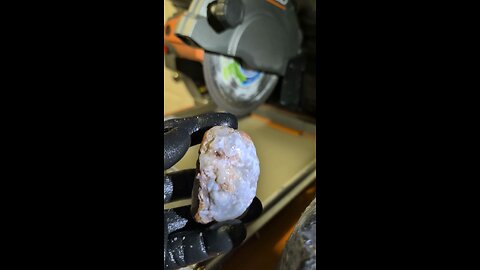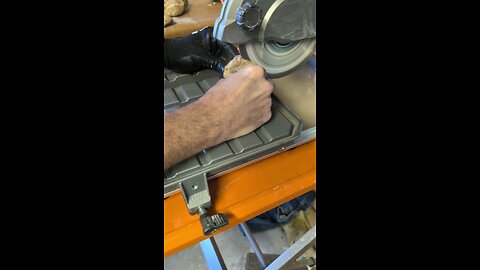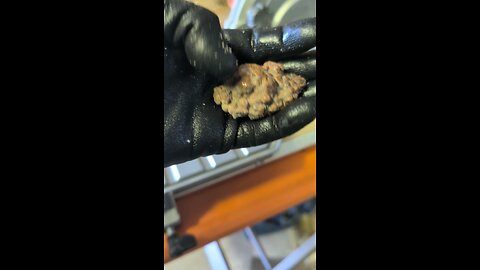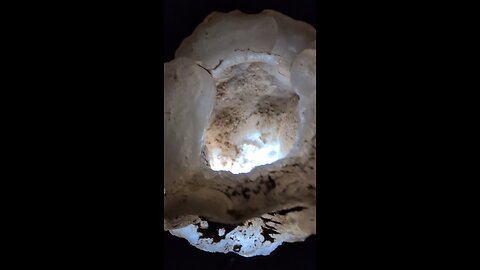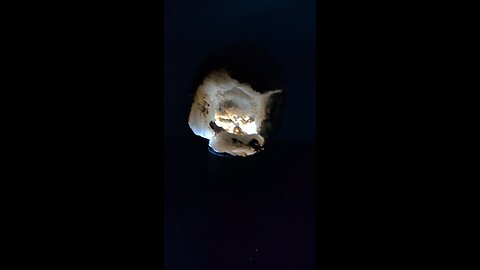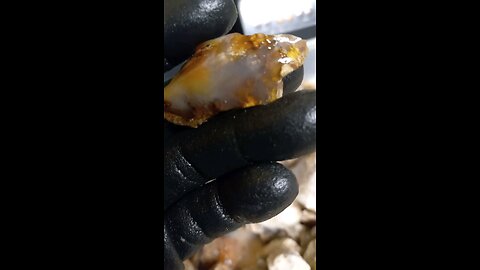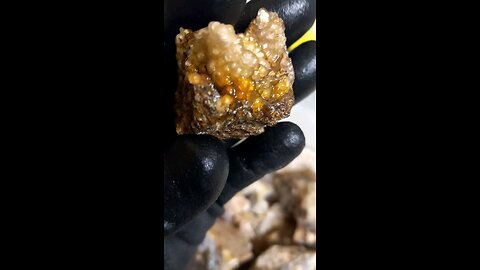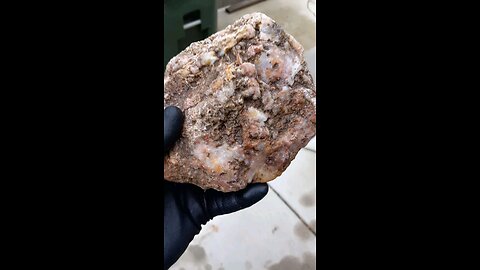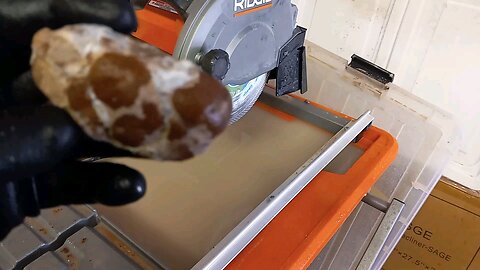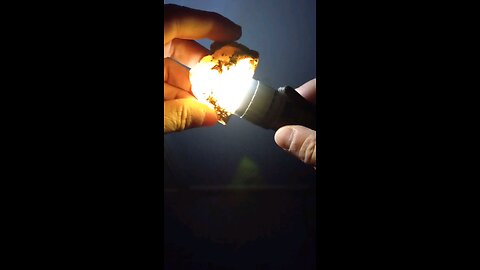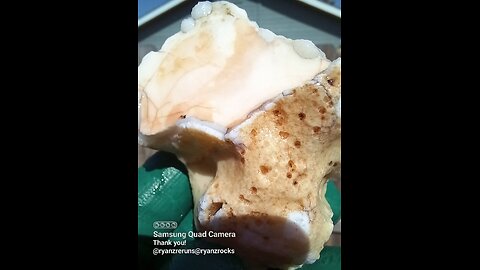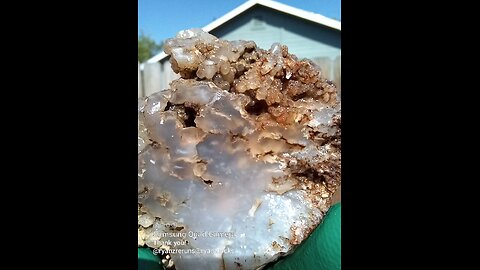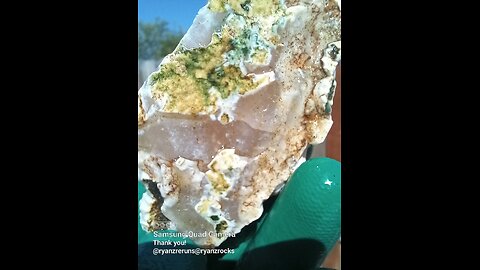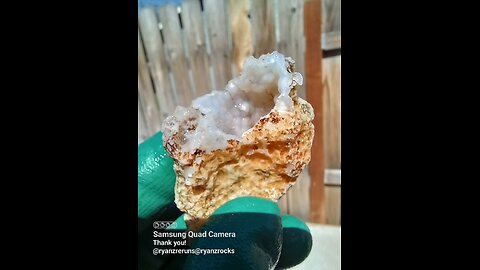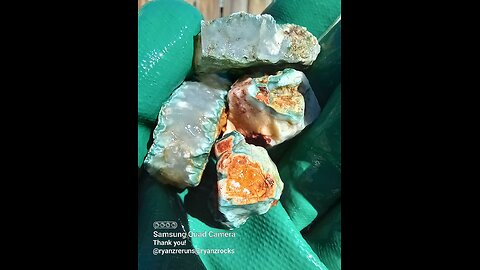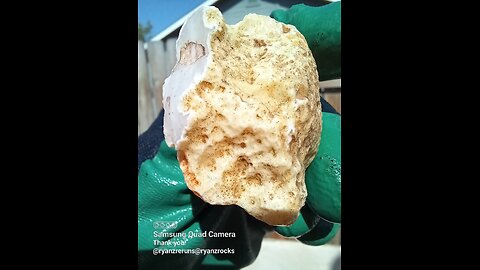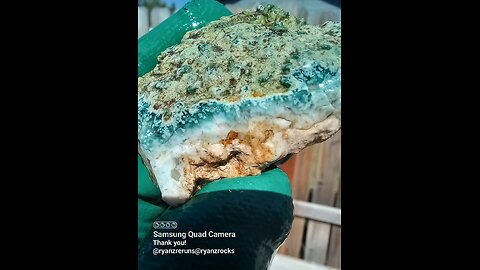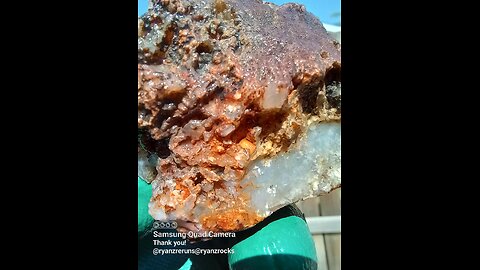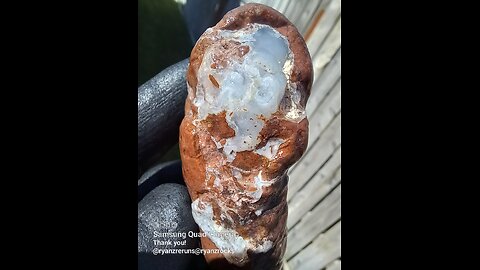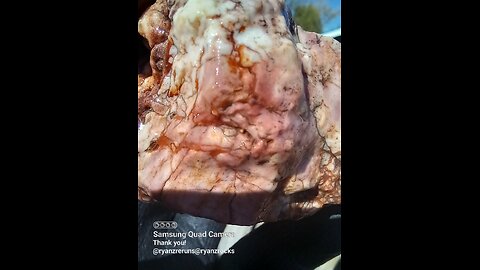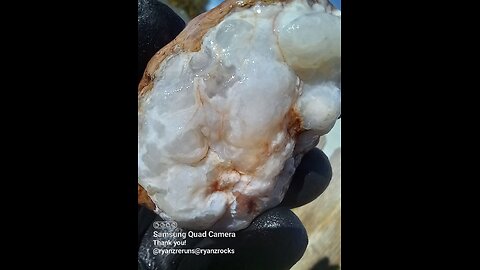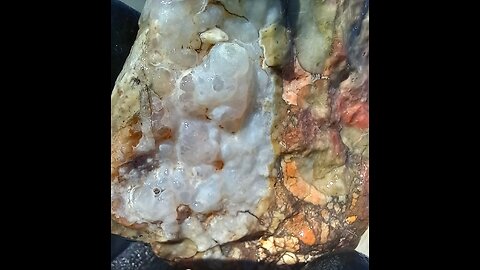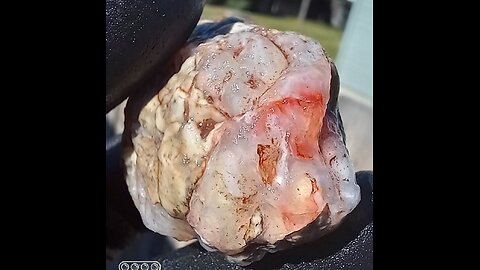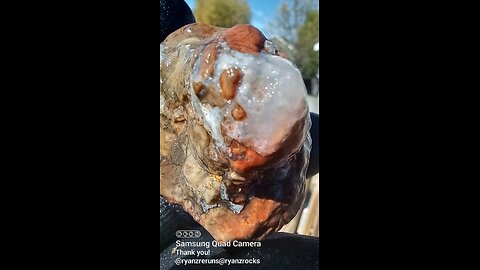Premium Only Content
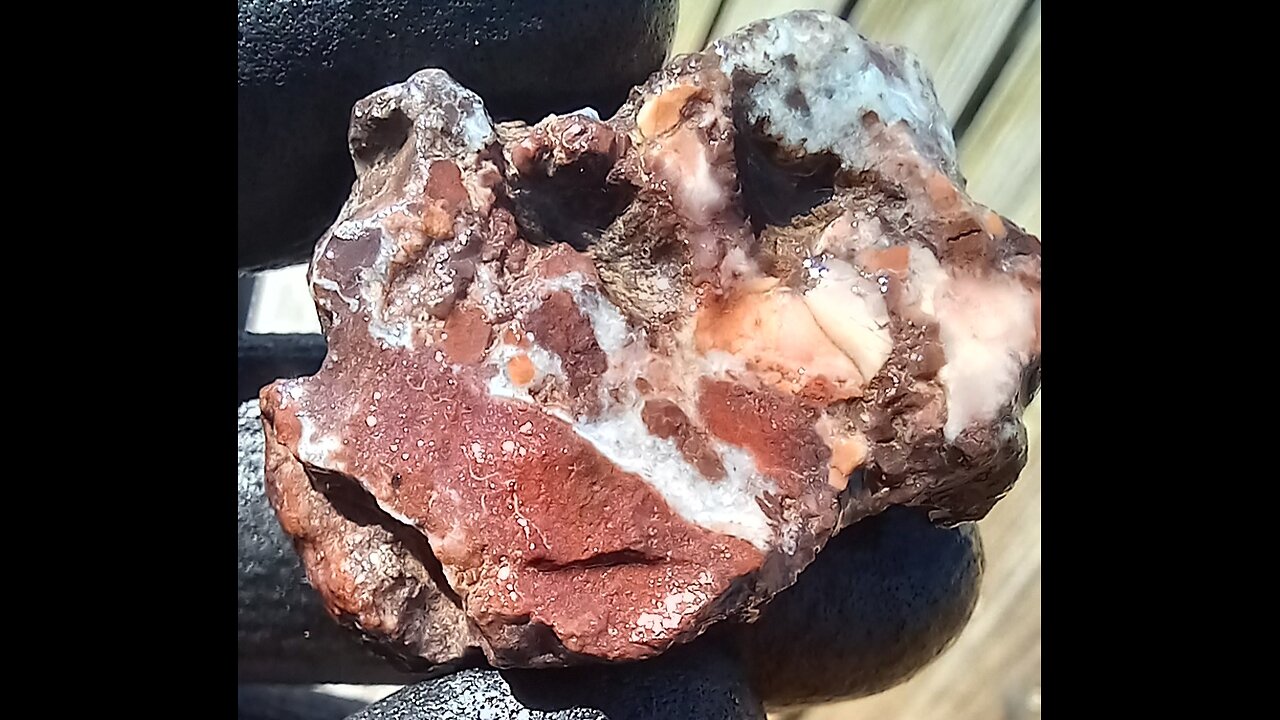
Whole & Broken Geodes!
Geode Field!
Botryoidal cut!
Shaping!
Opalized wood!
Broken Thunderegg Cluster!
Half a thunderegg!
Thunderegg Cluster w Common Opal!
Red Thunderegg Shard!
Robbed! Grabbed the wrong half!
Thunderegg Cut w/Opal!
Thundereggs?
Thundercup glow!
Thunderegg glow!
Beautiful dark opal!
It's curved!
Botryoidal formations!
Jasper, Chalcedony, Opal & ???
Chalcedony or Opal!?
Clear/White Banding!
Thunderegg twins!
Beautiful Opal Glow!
Pretty green!
Chalcedony or Opal?
Lil' bit of opal!
Opal!
Opal or Chalcedony?
Chalcedony & Jasper!
Part of a Thunderegg!?
Pinks & Reds!
Half a Thunderegg w/Opal!
Botryoital Opal w/ A Little of Everything!
Beautiful! Wait for it!!!
Thunderegg Cluster!
Lil' bit of opal!
Opal is a hydrated amorphous form of silica, with a water content typically between 3 and 21% by weight, most commonly around 6-10%. It's deposited at relatively low temperatures and can be found in the fissures of various rock types, including limonite, sandstone, rhyolite, marl, and basalt. Here's a deeper look into opal:
Types of Opal:
Precious Opal: Known for its "play-of-color," which is an optical phenomenon where colors flash or change as the angle of light or observation changes. This effect is due to the diffraction of light through the microscopic silica spheres within the opal.
Common Opal: Lacks the play-of-color and can come in a variety of colors like white, black, grey, yellow, orange, red, or brown. It's often referred to as "potch" when not gem-quality.
Fire Opal: Typically ranges in color from yellow to orange to red and can be transparent to translucent. Fire opals can exhibit play-of-color, but their name comes from the fiery body color.
Boulder Opal: A type of opal naturally attached to its host rock. It's often cut with the host rock to provide stability and to enhance the visual appeal.
Matrix Opal: The opal fills the cracks and cavities within the host rock, creating a network of opal that's visible on the surface.
Formation:
Primary Opal: Forms through the slow deposition of silica from groundwater in cavities or fractures of rocks.
Secondary Opal: Can form by weathering or alteration of other minerals, often in more superficial environments or through the action of silica-rich waters.
Locations:
Australia: The world's leading source, especially for precious opal, with significant deposits in places like Coober Pedy, Lightning Ridge, and White Cliffs.
Ethiopia: Known for its black opals and more recently discovered opal fields.
Mexico: Famous for fire opals.
Brazil: Produces a variety of opals, including crystal opal.
Properties:
Hardness: Typically ranges between 5.5 to 6.5 on the Mohs scale, though it can be softer if less hydrated or harder if more silica-rich.
Luster: Can range from waxy to resinous to vitreous.
Transparency: Varies from opaque to semi-translucent to transparent.
-
 2:40:21
2:40:21
BlackDiamondGunsandGear
10 hours agoAre ALL Striker Fired Pistols UNSAFE? // After Hours Armory
52.8K13 -
 LIVE
LIVE
TheSchleppy
5 hours ago✨TheSchleppy✨EWC COUNTER STRIKE 2 GRAND FINAL *MONGOLZ v AURORA*
45 watching -
 6:34:50
6:34:50
SpartakusLIVE
14 hours ago#1 Saturday Spartoons on RUMBLE PREMIUM
126K7 -
 1:04:59
1:04:59
Man in America
15 hours ago“Summoning the Demon” — The AI Agenda Is FAR WORSE Than We Know w/ Kay Rubacek
61.5K46 -
 2:16:48
2:16:48
Tundra Tactical
13 hours ago $0.14 earned🎯💥 The World’s Okayest Gun Show 🔫😂 | LIVE Tonight on Rumble!
44.6K1 -
 3:36:03
3:36:03
Mally_Mouse
1 day ago🌶️ 🥵Spicy BITE Saturday!! 🥵🌶️- Let's Play: Tower Unite!
67K3 -
 58:59
58:59
MattMorseTV
13 hours ago $1.76 earned🔴Trump just BROKE Newsom.🔴
89.1K102 -
 18:14
18:14
Her Patriot Voice
13 hours agoWho Is WORSE for NYC: Trump Girl or Socialist?
66.2K36 -
 3:39:42
3:39:42
SavageJayGatsby
13 hours agoSpicy Saturday with Mally! | Road to 100 | $300 Weekly Goal for Spicy Bites!
59K1 -
 3:35:50
3:35:50
FomoTV
15 hours ago🚨 Swamp Theater: FBI Raids Bolton 🕵 Still NO Epstein Files, Trump's Troops & the Red Heifer Hoax 🐂 | Fomocast 08.23.25
28.5K7
